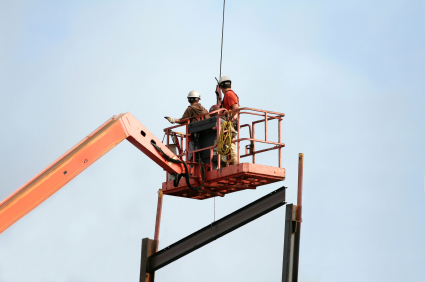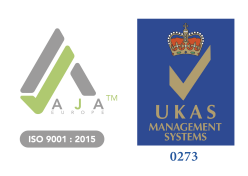What is Working at Heights?
Work at Height Regulations (WAHR) came into force in 2005 and apply to all work at height where there is a risk of fall liable to cause personal injury. In other words – if there is the potential to fall and be injured, then the rules apply. IF you decide to clamber onto your desk to change the lightbulb – then the rules apply. If you need to reach something from the top level of the factory racking system, then the rules apply, if someone asks you to clean the factory upstairs windows – the rules apply. IF you are a roof worker the rules apply.
![]()



So, what exactly does “work at height” mean? - Well, the term “Work” includes moving around at a place of work and also covers getting up to or down from that workplace height. A place is “at height” if a person could be injured falling from it – whatever its height. There used to be earlier regulations that specified a 2-metre rule but as 87% of all major injuries are caused by “low falls” – heights that are below 2 metres, plus a number of fatal incidences were caused by low falls this was an outdated measure. It isn’t the height of the fall – just how you fall.
Today there is no longer any threshold because fatalities and injuries can occur from any height. This even includes working at or below ground level. For example, miners are included in the regulations provided there is a risk of a fall in their workplace. Potentially anyone of us can work at height at some stage.

There are obvious working at height jobs or occupations for example window cleaners, roof workers, builders on scaffolding but others are less so, for example, a sales assistant on a step ladder would be working at height, a librarian using a kick stool or someone unloading or loading a vehicle would also be at a height.
How to get started
First – learn the 3 simple rules.
Avoid
Prevent
Minimise
Everyone - employers, duty holders, employees, the self-employed - needs to know the 3 simple rules that the Regulations set out:
1. AVOID working at height if you can – if you don’t need to go up there DONT!
2. PREVENT falls if working at height cannot be avoided, by using work equipment or other measures
3. MINIMISE the impact of any fall. If you cannot eliminate the risk of a fall then use work equipment or other means to minimise the distance and the consequence of a fall should one occur.







